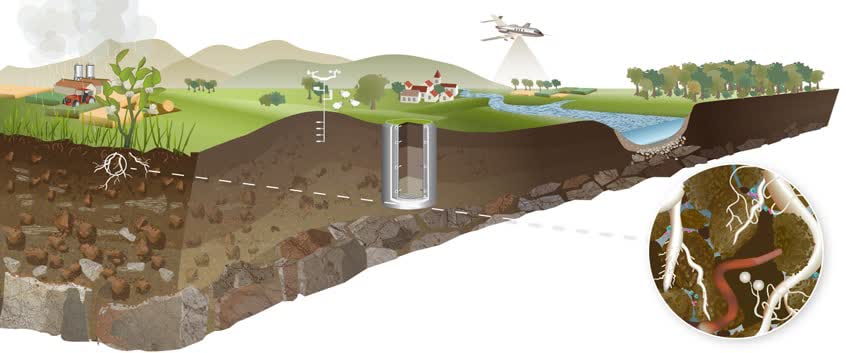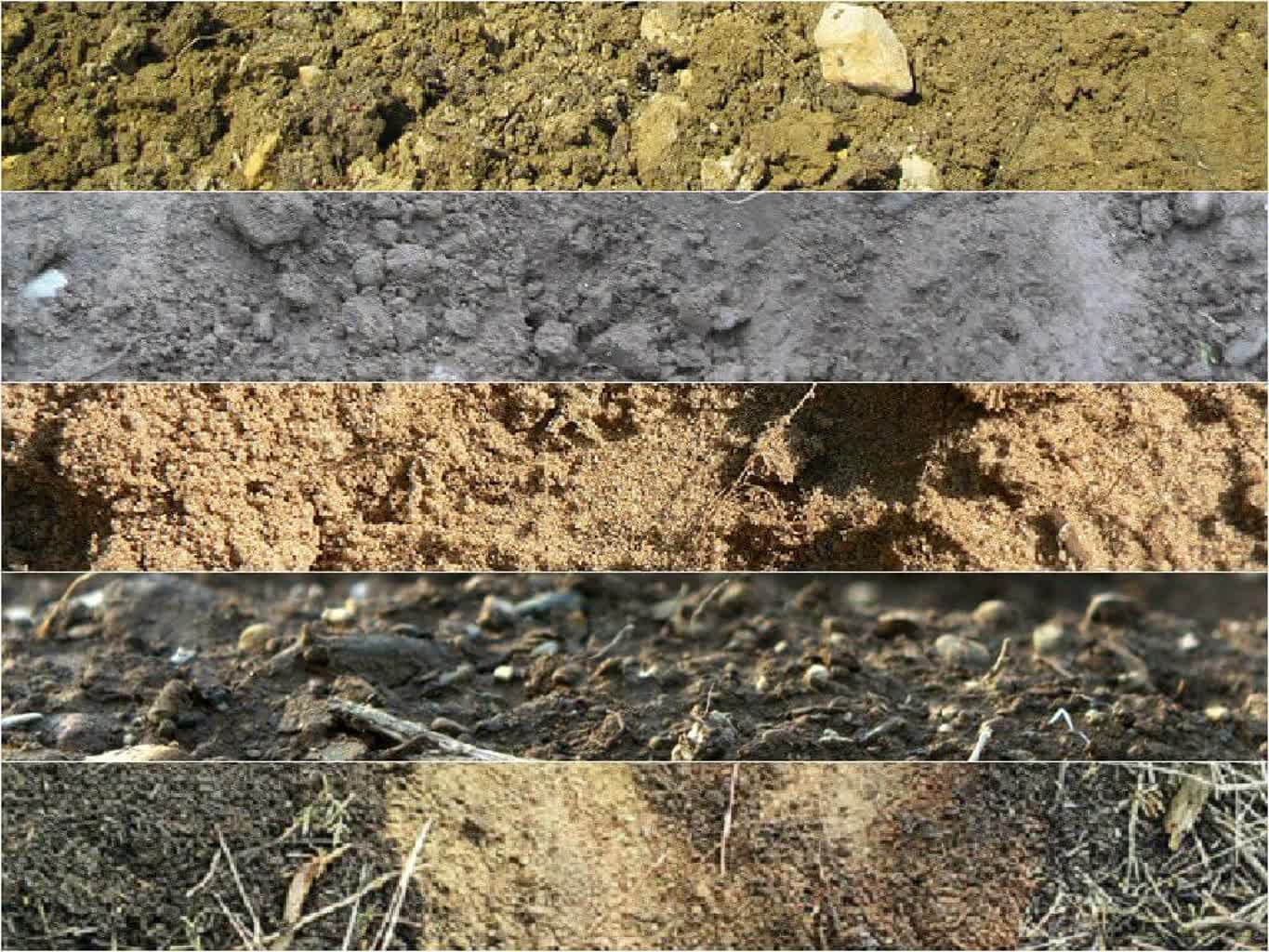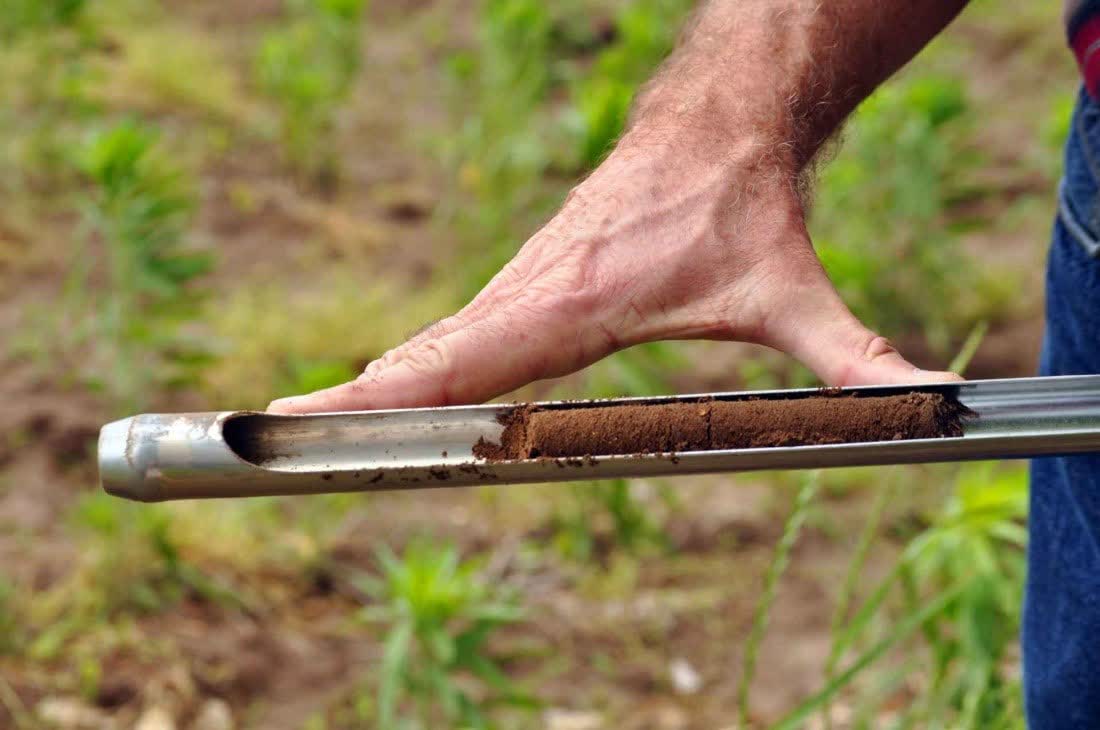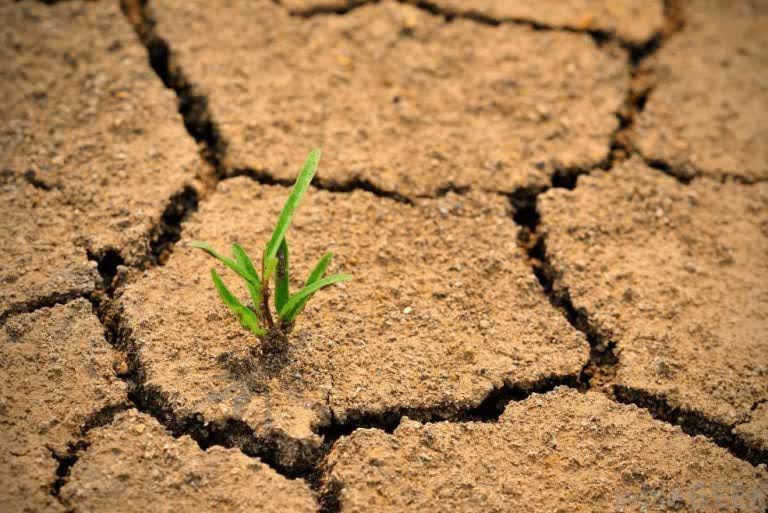Definition of soil:
Soil is a thin layer of soft natural material on the surface of the earth. which is exposed to many environmental factors. This thin coating is a porous material with many different characteristics. The solid part is the minerals obtained from weathered boulders or transferred from other places, which are mixed with organic materials produced from the remains of plants and animals. The main function of soil from the point of view of plant growth is mechanical support and supply of food, water, heat and air needs.
Soil is a living purifier. That is, pathogenic agents and toxic substances that enter it are decomposed and turned into vegetable food. Many
animals that are buried in the soil after death decompose inside it without causing danger and eventually turn into non-harmful components.

The scientific position of soil physics:
In terms of scientific classification, soil physics is one of the branches of soil science that describes the physical characteristics of soil and measures, predicts and controls physical processes that occur in soil. As discussed in general physics, interactions of matter and energy. In soil physics, the subject of discussion is the state and movement of materials and the transfer of energy in the soil.
The practical objectives of soil physics in agriculture are many, among which are the correct management of soil in the fields of irrigation, drainage, water and soil conservation, plowing and its types, regulation of soil temperature and soil reaction to mechanical stresses.
The water-soil and plant system is very complex and it is necessary for plant roots to spread easily in the soil and breathe regularly. The plant is not able to transmit the oxygen needed by the roots from the foliage down. Therefore, the soil should be well ventilated and the exchange of oxygen and carbon dioxide between the pores of the soil and the atmosphere should take place at the optimal level. The discussion about soil air, ventilation, gases present in it and their role in plant growth is also one of the basic topics of soil physics.From the point of view of agricultural science, soil is a porous environment that is composed of mineral and organic materials, water and air, and small and large organisms and provides a suitable substrate for plant growth. Therefore, the science of soil physics studies the type and how the soil constituents are placed together, the movement and interaction of these materials with each other and other factors such as water, air and heat.

The purpose of soil physics:
A) Studying the physical properties of the soil, including the size distribution of soil particles and pores, storage and movement of water in the soil, thermal capacity and conductivity, examination of ventilation and mechanical resistance of the soil.
b) Measuring and controlling physical processes such as: water infiltration, transfer of soluble substances, pollution and heat flow, etc., which are taking place inside the soil.
c) Studying the physical processes affecting plant growth under the influence of atmospheric conditions (radiation, rainfall, respiration and evaporation) and subsurface soil water.


بدون دیدگاه